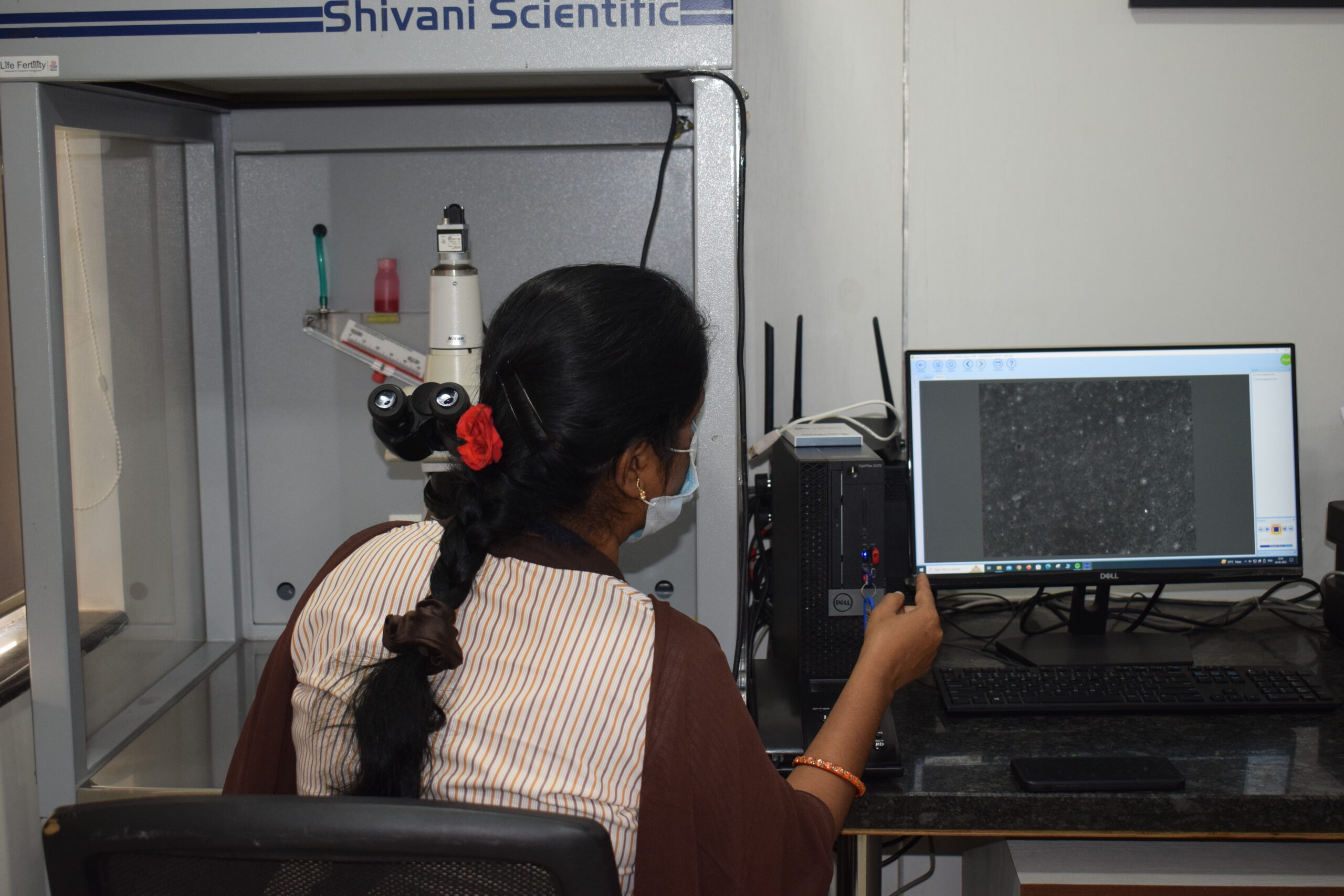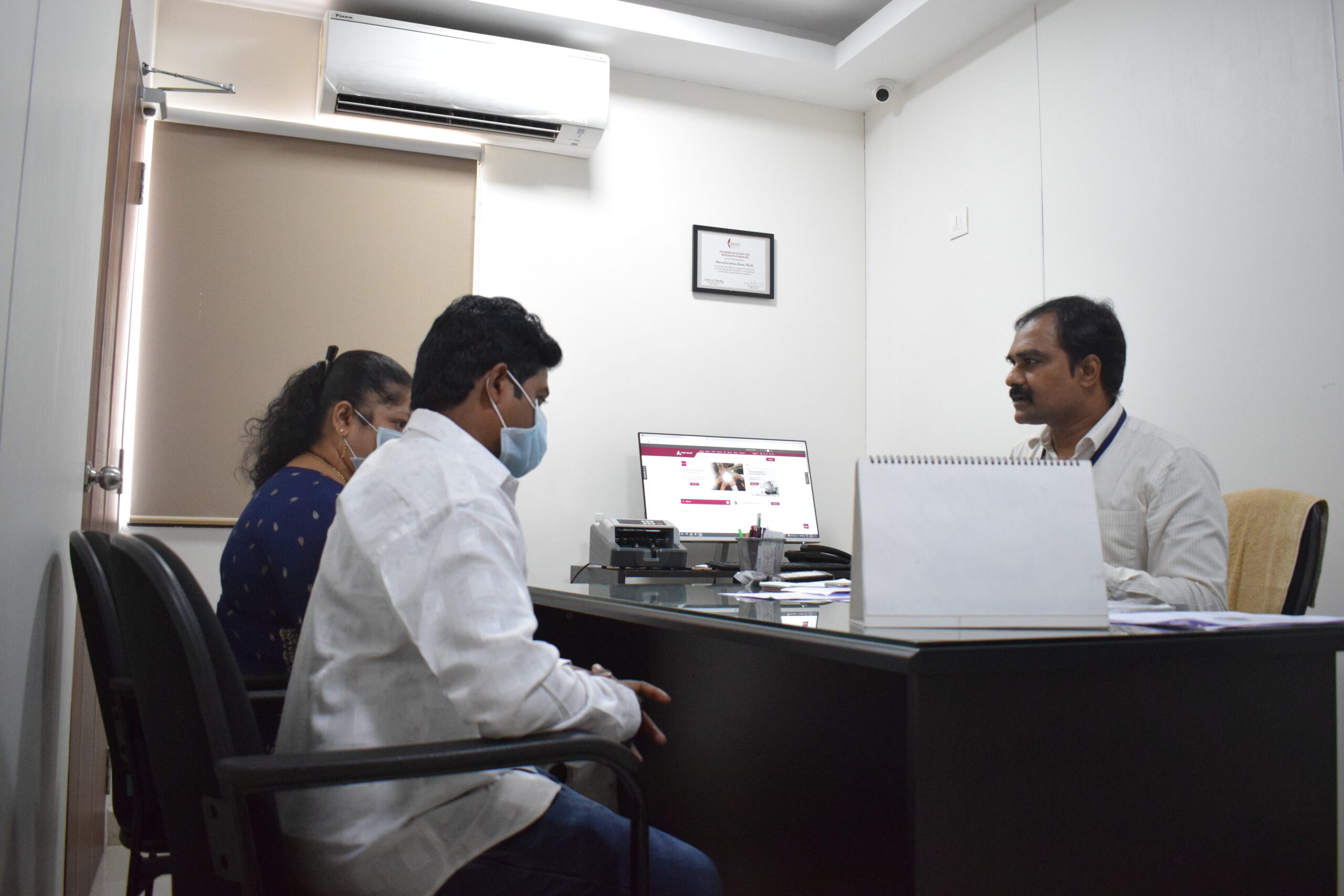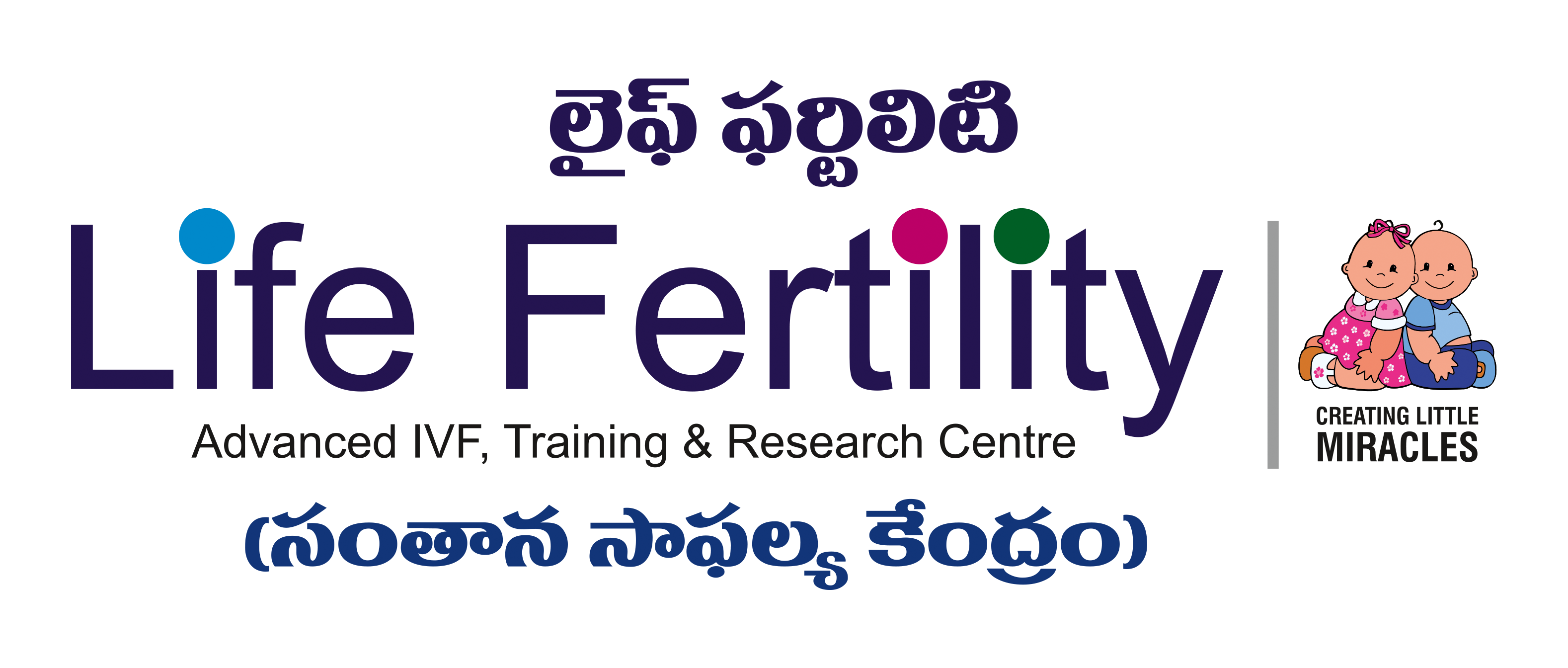Oocyte Vitrification
Oocyte Vitrification: Preserving Fertility for the Future In recent years, advancements in reproductive medicine have provided new options for individuals looking to preserve their fertility. One such breakthrough is oocyte vitrification, a cutting-edge technique that offers hope to those seeking to safeguard their reproductive potential. This process has revolutionized the field of assisted reproductive technology (ART) and is particularly beneficial for women who wish to delay childbearing or face fertility-threatening circumstances.

Understanding Oocyte Vitrification:
Oocyte vitrification, also known as egg freezing, involves the ultra-rapid cooling of unfertilized eggs to sub-zero temperatures, essentially placing them in a state of suspended animation. This method is a departure from traditional slow-freezing methods, which often resulted in ice crystal formation, potentially damaging the delicate structure of the egg. Vitrification, with its rapid cooling process, mitigates the risk of ice crystal formation and ensures better preservation of the oocyte’s cellular integrity.
Indications for Oocyte Vitrification:
1. Delaying Motherhood:
- Oocyte vitrification provides a proactive approach for women who wish to postpone childbearing to pursue education, career goals, or personal reasons.
2. Medical Conditions:
- Individuals facing medical treatments that may compromise fertility, such as chemotherapy or radiation therapy, can benefit from oocyte vitrification as a means of preserving their reproductive potential.
3. Reproductive Planning:
- Women with concerns about age-related decline in fertility can opt for oocyte vitrification to freeze their eggs during their prime reproductive years, offering a safety net for the future.

The Process of Oocyte Vitrification:

1. Ovarian Stimulation:
- Similar to in vitro fertilization (IVF), the process begins with ovarian stimulation using hormone medications to encourage the ovaries to produce multiple eggs.
2. Egg Retrieval:
- Once the eggs have matured, a minor surgical procedure is performed to retrieve them from the ovaries.
3. Vitrification:
- The retrieved eggs are rapidly cooled to extremely low temperatures using a cryoprotectant solution. This process transforms the eggs into a glass-like, vitrified state.
4. Storage:
- The vitrified eggs are then stored in specialized containers at ultra-low temperatures, typically in liquid nitrogen, until the individual is ready to use them.


Success Rates and Considerations:
While oocyte vitrification has shown promising success rates, individual outcomes can vary. Factors such as the woman’s age at the time of egg freezing and the number of eggs stored can impact the likelihood of a successful pregnancy in the future.
It’s important for individuals considering oocyte vitrification to consult with fertility specialists who can provide personalized guidance based on their unique circumstances.
Conclusion:
Oocyte vitrification has emerged as a powerful tool in reproductive medicine, offering individuals the opportunity to take control of their fertility timeline. As technology continues to advance, the possibilities for preserving reproductive potential expand, providing hope and options for those navigating the intricate journey of family planning.
Book an Appointment
FREQUENTLY ASKED QUESTIONS
What is IVF treatment?
In-Vitro-Fertilization (IVF) is a type of Assisted Reproductive Technology (ART) that helps you get pregnant if you are not able to do so naturally.
When is the right time to start IVF treatment?
Your doctor will explain the best time to start the treatment after the initial consultation, examination, and blood tests. Your clinician may start your treatment on the 2nd or 3rd day of your period.
Is IVF safe & Painful?
IVF is a very safe and effective treatment option and with the latest advancement in medical technology, IVF results have improved significantly.
IVF is not at all painful because the injections used for IVF are purified and injected in subcutaneous form. The egg collection process is done under light sedation which is also not painful. At the time of embryo transfer, anesthesia is not given but it is a 2 to 5 minutes process that hardly causes any pain. Every patient is different; therefore the process will differ from patient to patient. However, when it comes to IVF injections, they are thin and easy and do not require an intervention. They can also be administered under anesthesia if required.
What People Says about Life Fertility Clinic
Google Reviews
What People Says about Life Fertility Clinic
Testimonials

Our Contacts
________
#16-1-25, RS Edifice, Coastal Battery Rd, Collector Office, Jn, Visakhapatnam, Andhra Pradesh 530002